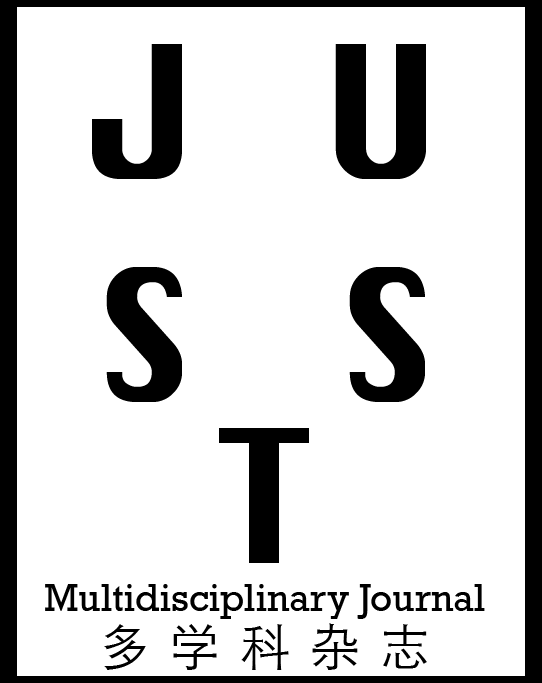Geeta Singh, Amit Kumar, Deepanshu Vaid, Prashant Sharma
Department of Environmental Engineering, Delhi Technological University, Delhi, India.
Stubble Burning and its Impact on Air Quality in Delhi NCT: A Case Study
Authors
Abstract
Stubble burning is now considered to be one of the major activities affecting air quality because it is one of the major sources of aerosol as well as gaseous pollution. There are two main reasons for biomass burning, first one is that there is a very short window of time between the harvesting and the wheat sowing of the wheat. The second being, removing the paddy residue that has remained on the field is a time-consuming job. The time period from harvesting to sowing being very low and the labor is either very expensive or unavailable this leads to the only easiest option that the farmer has i.e. burning the residue right on the field after harvest so that the farmers can quickly prepare the land for the next sowing. This method is very cheap and takes less time that’s why farmers use this method. For this specific reason with the onset of winter, stubble fires become rampant in north India. Stubble-burning emissions contain toxic chemicals which cause respiratory problems as well as diseases. The paper aims to examine the environmental impacts associated with stubble burning over the NCT of Delhi. The paper performs both qualitative and quantitative analysis on the statistical data pertaining to crop burning. The monthly variation for particulate matter (PM10 and PM2.5) and trace gases (NOx, CO, and SO2) during the stubble burning period (Sep-Nov) has also been studied and analyzed for 5 years (2015-19), and a noticeable increase in pollutant levels.
